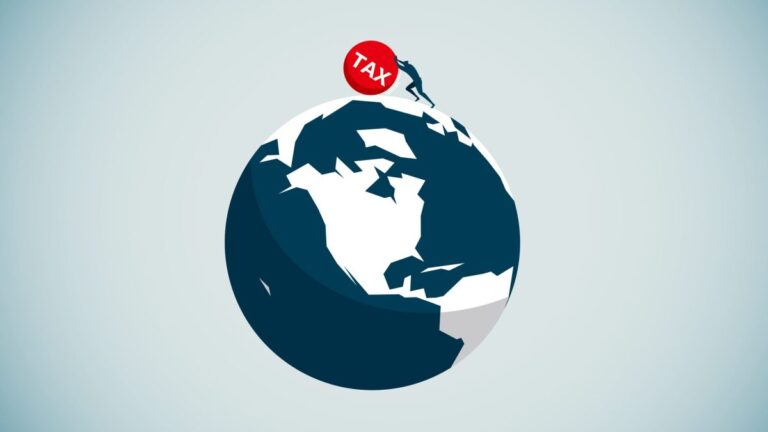New Delhi, Mar 29 (KNN) The National Statistics Office, under the Ministry of Statistics and Programme Implementation, has released its annual publication “Energy Statistics India 2025,” presenting comprehensive data on India’s energy landscape.
The publication features integrated datasets covering reserves, capacity, production, consumption, and import/export metrics across all energy commodities including coal, lignite, petroleum, natural gas, and renewable energy sources.
This year’s edition introduces a new chapter on Energy Account following the System of Environmental Economic Accounting (SEEA) 2012 framework, providing Asset Accounts and Physical Supply and Use Tables for fiscal years 2022-23 and 2023-24.
The publication also includes energy balance tables, Sankey diagrams, and Sustainable Energy Indicators that meet international standards.
During the 2023-24 financial year, India demonstrated resilient growth in both energy supply and consumption, successfully overcoming global pandemic-related challenges in pursuit of its “Viksit Bharat” (Developed India) vision for 2047.
The Indian economy expanded healthily, with Total Primary Energy Supply (TPES) growing by 7.8 per cent year-over-year to reach 9,03,158 Kilo Tonnes of Oil Equivalent (KToE).
India possesses substantial renewable energy potential, estimated at 21,09,655 Megawatt as of March 31, 2024.
The installed capacity for electricity generation from renewable resources has grown significantly over the past decade. From 81,593 Megawatt on March 31, 2015, capacity has increased to 1,98,213 Megawatt by March 31, 2024, representing a compound annual growth rate (CAGR) of 10.36 per cent.
Gross electricity generation from renewable resources has also seen substantial growth. Annual production rose from 2,05,608 GWH in fiscal year 2014-15 to 3,70,320 GWH in 2023-24, reflecting a CAGR of 6.76 per cent.
Per-capita energy consumption in India has increased steadily, rising from 14,682 Mega Joule per person in 2014-15 to 18,410 Mega Joule per person in 2023-24, a CAGR of 2.55 per cent.
Efficiency in the electricity sector has improved considerably through reduced transmission and distribution losses.
The percentage of power lost during transmission and distribution has decreased from approximately 23 per cent in 2014-15 to around 17 per cent in 2023-24.
Among major energy-consuming sectors, industry has experienced the highest growth in 2023-24. Industrial energy consumption increased from 2,42,418 KToE in 2014-15 to 3,11,822 KToE in 2023-24.
Other sectors including commercial and public services, residential, agriculture, and forestry have also registered consistent growth during this period.
(KNN Bureau)















